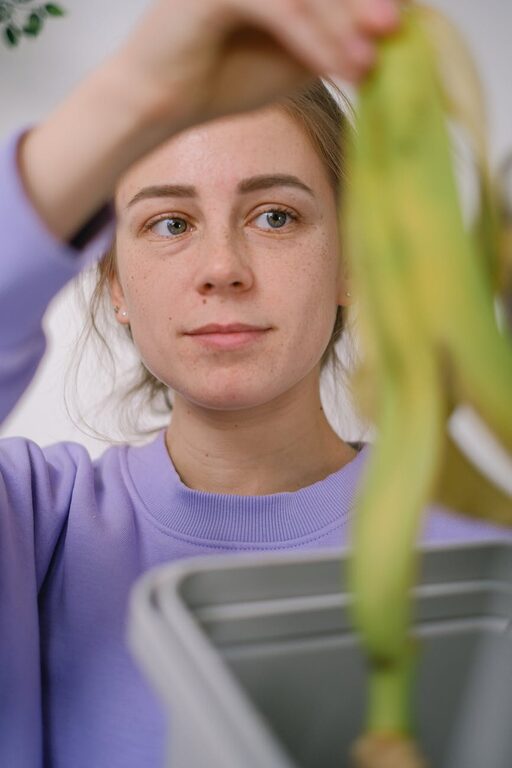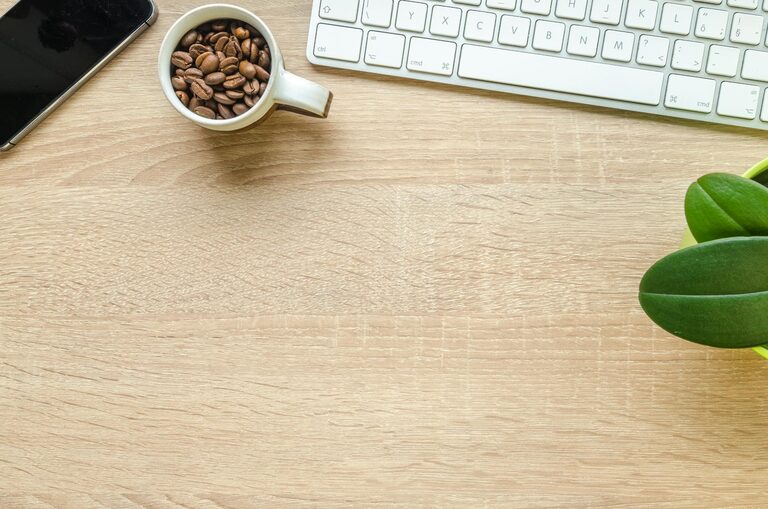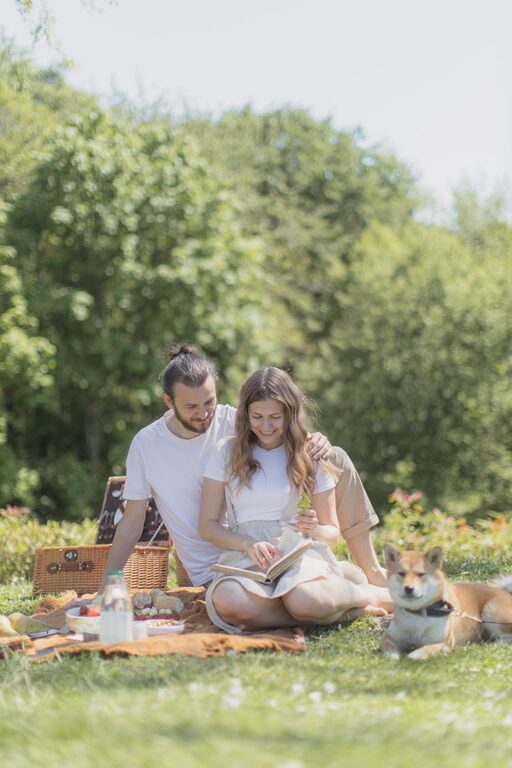
Composting is a wonderful way to recycle organic waste and enrich your garden soil naturally. Whether you have a spacious backyard or just a small balcony, home composting can be adapted to your space and lifestyle. If you’re new to composting, it might seem a bit overwhelming at first, but with some basic knowledge and simple tips, you can start turning your kitchen scraps and yard waste into rich, dark compost that benefits your plants and the environment. In this guide, we’ll cover beginner-friendly tips to help you get started with composting at home.
What is Composting?
Composting is the natural process of breaking down organic materials, such as food scraps, leaves, and grass clippings, into nutrient-rich soil called humus. This process is carried out by microorganisms like bacteria and fungi, as well as insects and worms. Compost improves soil health by adding essential nutrients, improving moisture retention, and fostering beneficial microbes.
Why Compost at Home?
– Reduces Waste: Diverts food scraps and yard waste from landfills, helping reduce methane emissions.
– Improves Garden Soil: Provides a natural fertilizer, reducing the need for chemical fertilizers.
– Saves Money: Cuts down on purchasing soil amendments and waste disposal fees.
– Supports Sustainability: Encourages eco-friendly habits and a deeper connection with nature.
Getting Started: Choose Your Composting Method
There are several ways to compost at home depending on your space and preferences. Here are some beginner-friendly options:
1. Traditional Compost Bin
If you have a garden or backyard, a compost bin or pile is a classic choice. You can purchase ready-made bins or build one yourself from wood pallets or wire mesh.
2. Tumbler Composters
A compost tumbler is a sealed container mounted on a frame that you can spin to mix materials easily. It tends to speed up decomposition and keeps pests out but might be more suitable for those with moderate space.
3. Worm Composting (Vermicomposting)
Vermicomposting uses special composting worms (red wigglers) to break down food scraps quickly. This method works well indoors or outdoors and is great if you have limited space.
4. Bokashi Composting
This is a fermentation process using a special bran mix that breaks down food waste, including meat and dairy, which are generally not suited for traditional composting.
What Materials Can You Compost?
Successful compost depends on balancing two types of materials: greens and browns.
Greens (Nitrogen-Rich)
– Fruit and vegetable scraps
– Coffee grounds and tea bags
– Fresh grass clippings
– Plant trimmings
Browns (Carbon-Rich)
– Dry leaves
– Straw or hay
– Shredded paper or cardboard
– Wood chips or sawdust (untreated)
Avoid Composting
– Meat, fish, dairy, and oily foods (unless using Bokashi)
– Diseased plants or weeds seeding
– Pet waste from carnivores
– Synthetic materials like plastic or glass
Tips for Starting Your Compost
1. Find a Good Location
Choose a spot that’s convenient to access but not in direct sunlight or too shaded and damp. Near a water source is helpful for keeping moisture levels right.
2. Layer Materials
Start with a layer of coarse browns like twigs or straw to promote airflow at the bottom. Then alternate layers of greens and browns. This layering balances moisture and airflow, which helps decompose materials efficiently.
3. Turn Your Pile Regularly
Turning or mixing your compost once a week adds oxygen, speeding up the breakdown process and preventing odors.
4. Maintain Moisture
Compost should be as damp as a wrung-out sponge—not too wet or dry. If it gets dry, add water. If it’s soggy, add dry brown materials to absorb excess moisture.
5. Chop or Shred Waste
Smaller pieces break down faster. Chop vegetable scraps or shred leaves before adding them to your compost.
6. Be Patient
Composting takes time—typically a few months. Hot compost piles decompose faster but require more attention. Cooler, slower composting may take six months to a year.
Troubleshooting Common Compost Problems
| Problem | Cause | Solution |
|—————|—————————————-|———————————-|
| Bad Odor | Too much green material or wet | Add more browns, turn pile |
| Pests | Meat, oily food, or uncovered scraps | Remove offending materials, cover pile |
| Slow Decomposition | Lack of oxygen or moisture | Turn pile and moisten |
| Compost Too Dry | Not enough water | Add water and moist materials |
| Compost Too Wet | Excess moisture | Add dry browns, turn pile |
Using Your Finished Compost
Your compost is ready when it looks dark, crumbly, and earthy with no recognizable food pieces. Use it to:
– Enrich garden beds and flower pots
– Mulch around trees and shrubs
– Improve lawn soil by topdressing
– Start seedlings by mixing it with potting soil
Final Thoughts
Starting a home composting system is a practical, eco-friendly habit that benefits your garden and the planet. With patience and a little effort, you can turn everyday organic waste into valuable compost. Begin small, experiment with different materials and methods, and soon you’ll enjoy a richer, more vibrant garden thanks to your homemade compost.
Happy composting!
—
If you want to dive deeper, many local gardening centers and extension programs offer workshops and guides tailored to your region. Composting is a rewarding journey — the earth (and your plants) will thank you!




